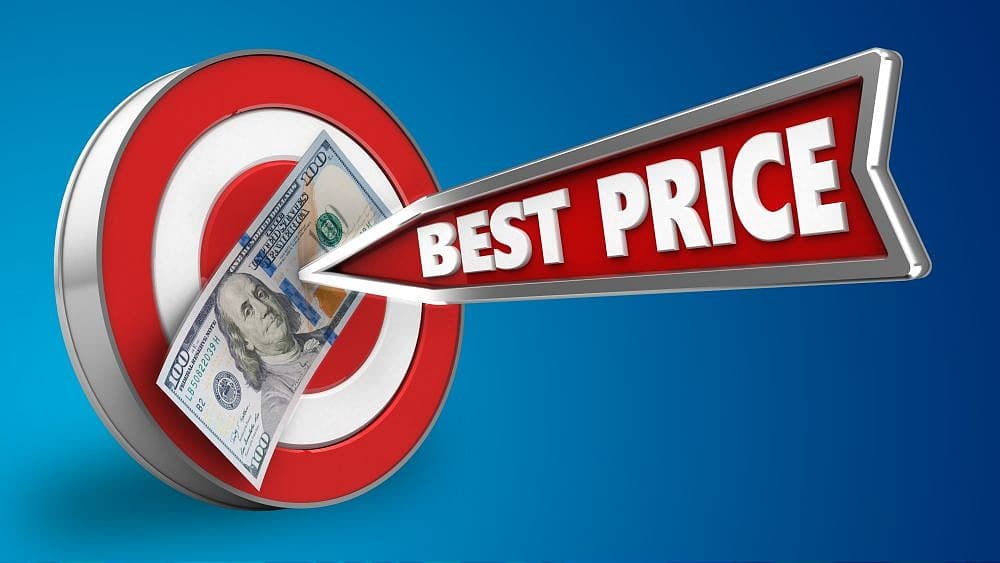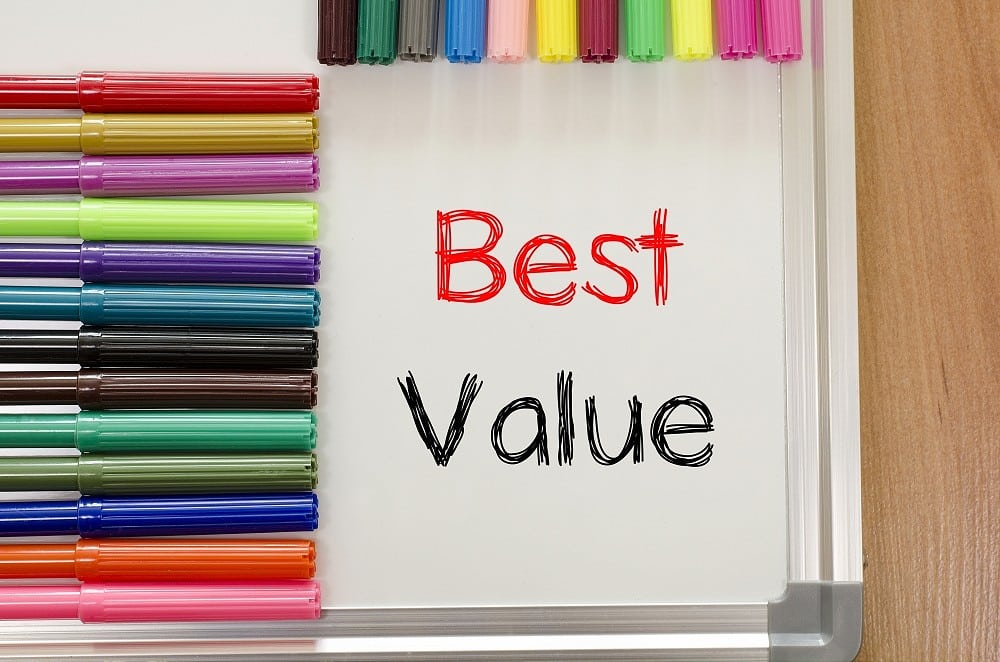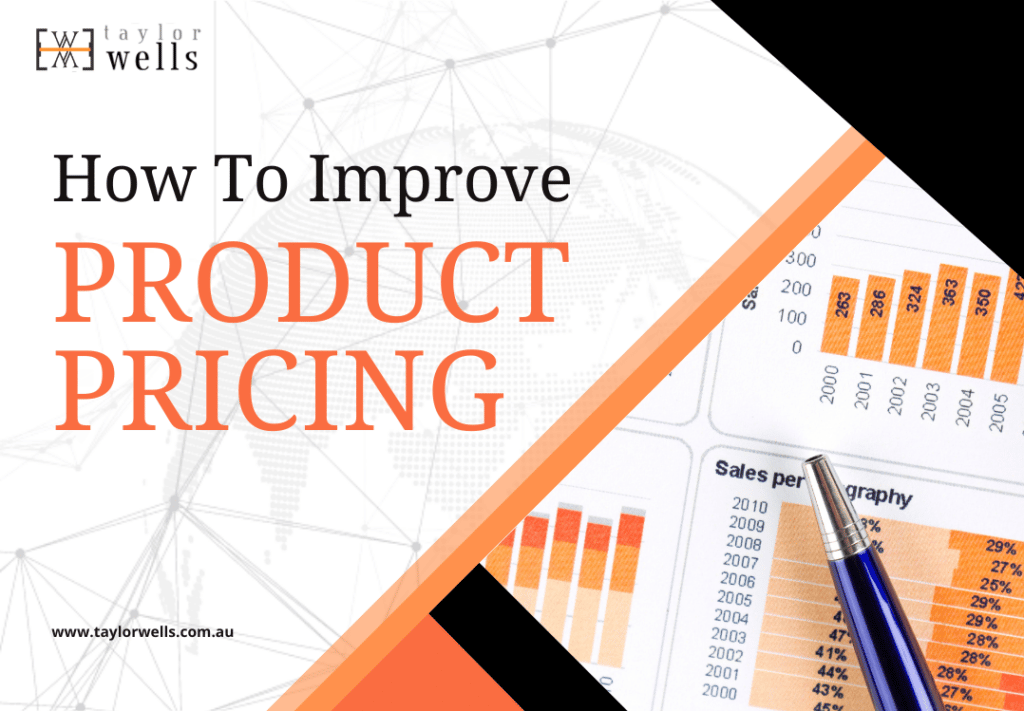
How To Respond To What’s Your Best Price Effectively🏷️
It’s undeniable that every customer wants a good deal. A buyer always tries to get the “best price.” Thus, when sellers are asked for the best price, oftentimes, they are caught off guard and don’t exactly know how to respond to what’s your best price.
>Download Now: Free PDF How to Improve Product Pricing
When customers ask, “what’s your best price?” they are actually asking, “What is the lowest price that you will sell me this product for?”
The question can have various different answers. There is no one-size-fits-all response. As much as possible, however, avoid responding with the lowest price just to close the deal. It’s important that you consider the circumstances and understand the facts before answering. Make sure that your rebuttal would give you the highest probability of achieving your goal.
In reality, a customer’s best price is hardly ever the seller’s best price. But its important to close the gap with evidence, data and understanding of the value exchange. Sellers are making an effort to make money and buyers are trying hard to save money by getting the best price. The objective in any price negotiation should be to get to a spot where both parties feel they are receiving what they need i.e., value.
In this article, we will talk about how to respond to what’s your best price and share with you the WOW approach to price negotiations. We will also provide you with 5 potential responses when meeting for a buyer the first time and ask you the dreaded question, “What’s your best price?” In addition, we will give you some tips on how to talk about price the right way.
We believe that the great way to handle price issues is to move into a process of value creation. Determine the non-price features or characteristics that can increase value for both the buyer and the seller. By doing so, the issue on price becomes irrelevant.
The “WOW” Approach to Price Negotiations
One author recommends that sellers address price negotiations based on setting three price levels: Wish, Optimal, and Walk away (WOW). These levels will guide you on how to respond to what’s your best price properly.
Wish can be considered as the rack rate. It’s the rate the seller desires that he/she could obtain.
Optimal can be viewed as a balanced rate. The rate where the seller and the buyer both get the best value.
Walk away is the price that the seller will not take under any condition because it’s way too low.
Before entering any negotiation, consider these three levels. The WOW approach is logical because the optimal price is the profitable price. A seller should establish a final price offer that he is willing to accept, if not, he will be open to haggling.

How to Respond to, “What’s your Best Price?”
Usually, potential customers have one question when talking to sellers. It’s about the price. Mostly, their decision is based on the price tag. Therefore, answering the question about price is tricky for the salesperson. Below listed is some helpful advice if you’re wondering how to respond to what’s your best price?
Recognise the Question and Provide More Information
Customers don’t like to be ignored. Thus, you can say something like, “I’d be glad to tell you more about the price, but first…” And, they’ll know if you’re stalling. Therefore, if your customer asks about the price, then, talk to them about the price.
The first thing that you can do is explain how the price is determined. Then provide payment options, and other information including any special promos, deals or incentives you can give them. Finally, Be clear about their options. Provide them several options (regardless of budget) so they have other choices to select from. Make sure to give them more details about the cost before telling them the bottom line.
Enlighten the customers on the value they’ll get
It’s important that the customer knows the value they are getting for the price that he’s paying for. Before providing the price, make sure you’re transparent on what the customers are getting in exchange for their money. In short, provide the value before providing the price. Don’t go straight to discount if they ask. Instead, trade on value not price. Are your customers willing to give up real value for a cheaper upfront price tag? Sometimes yes, but often no.
Let the customers explore their options on their own time
In other words, give the customer some control in the situation. For example, in car sales, by using an automotive lead response tool, customers can view more of the pricing information, compute the car’s trade-in value, and even search different payment options. In so doing, they can calculate how much will their monthly payment be for the vehicle, i.e., let your customers explore the total cost of ownership of their purchase. Then, hot them with the total economic value of the deal after that.
Getting the customers involved in the process and letting them explore their options and the trade-offs of each option make the customers feel more comfortable doing business with you.
Some Strategic Responses to Questions About Price
Most sellers dodge the topic on price. However, you should differentiate yourself by giving a straightforward response that the buyer is asking for.
In doing so, it demonstrates that you are tuned in to the buyer’s needs. As a result, you’ll get more information from the customer and can use them to build more value for your buyer.
Try these strategic responses to answer the price question directly, at the same time building value. Remember to use a direct, confident and matter-of-fact tone. Always start with the PRICE followed with either Question, Benefit, Personalisation, Urgency or Budget Check.
Check sample format below on how you’re going to formulate your statement:
- Question: “The initial price is $____ including ______ (provide inclusions for that price). What other basis are you going to use to make your final decision aside from price?”
- Benefit: “The initial price is $____ for the ____ option (provide the option available). Meaning, you’ll get _________ (provide the benefit). How significant is this benefit to you?”
- Personalisation: “The initial price is $____ for our _____ package (provide the name of the package you have). I’m thinking this is the right package for you because of _________ (state what you’ve learned from the customer that would be useful for him when he/she gets that type of package)”. Then follow it up with, “Let me ask you some additional questions to confirm that I’m on the right track…”
- Urgency: “The initial price is $_______ and we can honour this special offer for (48) hours (depending on how long is your offer for). I’m saying this because it looks like price is important to you. What is the effect of this cost-saving opportunity be in making your final decision?”
- Budget Check: “The initial price is $_____. Tell me how this price compares in from others and let me know how it sounds in terms of your budget.”
Notice that price always comes first in each of the statement above. Rather than debating about the price, you’ve driven the conversation back to the value that a customer can get with the price tag.
Also, notice the word “initial.” That will give your customers a hint that your prices are not fixed. Meaning, there may be some movement in price depending on the offer, value or benefit that comes with it. Remember not to make up a number or underestimate the quote.
Consider this while responding to the price question, keep this in mind: A customer won’t ask about the price if he’s not interested in buying. Price questions are buying signals. Meaning, your potential customer is interested and needs pricing information.
Implications
- Generally, sellers are better at negotiating when they have a price framework that they trust. Sellers want to sell, with a profit, not at a loss. Buyers want to buy, however, without sacrificing their budgets. Finding the balance should steer to a sale that makes both the seller and the buyer happy. A good price architecture will help you sell and give you parameters and guidelines to be competitive without losing margin on the sale.
- The best way of dealing with price issues is value creation, then price becomes unimportant. Determining the available ‘non-price’ attributes can increase value for both buyer and seller.
- There are multiple decision-makers in many B2B purchases. If you’re negotiating to one person in the first meeting, you’re hardly scraping the surface of needs and values. Your initial evaluation will allow you to give an initial price quote. So, save time and provide an initial price right at the start.
〉〉〉 Get Your FREE Pricing Audit 〉〉〉
Conclusion
Buyers don’t like stall tactics of sellers. They want a straight answer, an actual dollar amount when they ask about the price tag. Learn how to respond to what’s your best price effectively.
Buyers get suspicious when sellers don’t answer price questions immediately. They think that sellers will eventually give them an inflated price.
The more the sellers withhold information, the more the buyers withhold also. Thus, when you start with your needs analysis, try to obtain all the information that you need to quote price accurately.
After all, both sellers and buyers have shared objectives and outcomes in the value exchange. Not understanding or being upfront with these objectives from the outset means a less than optimal solution for the buyer at an incorrect price point that no one is happy with. What’s the point in doing business like this.
Click here to access your free pdf guide on driving pricing strategy in your business.
For a comprehensive view and marketing research on integrating a high-performing capability team in your company,
Download a complimentary whitepaper on How To Maximise Margins.
Are you a business in need of help to align your pricing strategy, people and operations to deliver an immediate impact on profit?
If so, please call (+61) 2 9000 1115.
You can also email us at team@taylorwells.com.au if you have any further questions.
Make your pricing world-class!
Related Posts
Leave a Reply Cancel reply
Categories
- marketing strategy (20)
- Organisational Design (14)
- Podcast (114)
- Pricing Capability (68)
- Pricing Career Advice (10)
- Pricing Recruitment (15)
- Pricing Strategy (200)
- Pricing Team Skills (10)
- Pricing Teams & Culture (15)
- Pricing Transformation (25)
- Revenue Model (11)
- Sales Effectiveness (15)
- Talent Management (5)
- Technical Pricing Skills (29)






